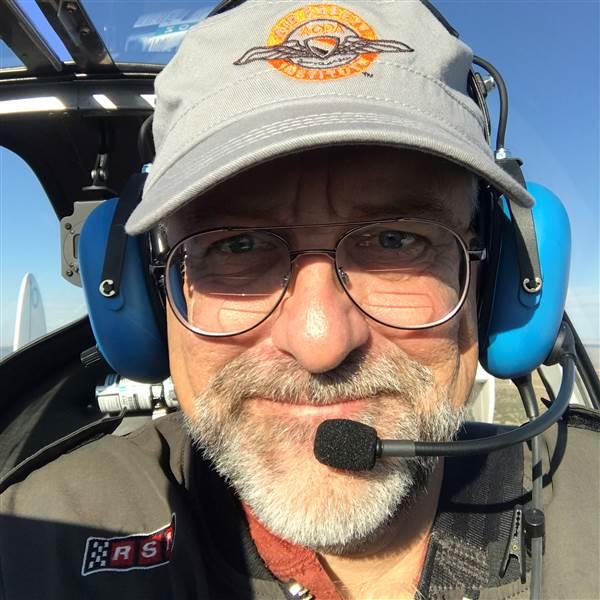Training and Safety Tip: Wind is relative
Your aircraft is not a bloodhound: Its nose often doesn’t point in the direction of flight—which is super important when it comes to understanding relative wind, a component of stall theory.
Relative wind is defined in the FAA’s Pilot’s Handbook of Aeronautical Knowledge as the “direction of the airflow produced by an object moving through the air,” which “flows in a direction parallel with and opposite to the direction of flight.”
Imagine yourself sitting on the wing of a glider on the ground, soaking in some rays on a calm day. There’s not a breath of wind. But put that glider into flight (hold on tight!) and suddenly there's a lot of wind. There’s no engine and no propeller, but you can hear the rush of wind, and you can also feel the wind through your seat and the flight controls. It’s a calm day, so where did this wind come from? It’s the relative wind produced by an object (the glider) moving through the air.
Next, think about the direction of that wind. It’s always parallel to the flight path of the airplane; but the airplane’s nose doesn’t necessarily point down that path. In fact, it rarely does.
Consider the following scenario: In slow flight, the nose might be pointing startlingly high, and yet—done properly—you’re holding a nice, steady altitude and are flying along parallel to the ground. In this case, the relative wind is parallel to the ground and hitting the plane’s belly. Or let’s say you are flying along in straight-and-level flight at 68-percent power. If you hold the nose level and push the throttle in, the airplane will start to climb. The flight path now angles upward, so the relative wind is coming from above and in front of you, but the nose is still pointing at the horizon.
If you pull the throttle all the way back, you can still hold the nose to the horizon just fine, but now the vertical speed indicator will show a descent and your flight path—that is to say, your direction of travel—is now on a downward angle, and the relative wind is coming from below and in front of you.
If we briefly suspend the laws of physics to illustrate, an airplane might travel sideways if the atmospheric wind velocity approached the airplane’s airspeed, and the aircraft might then track a straight line over the ground that points, say, north, while the nose points east (or west)—90 degrees from the relative wind.
Understanding relative wind, and how it changes, is crucial to understanding—and anticipating—stalls, which occur when the angle between the relative wind and the wing chord line (the line between the leading edge and the trailing edge) becomes large enough to exceed a critical value, and the wing stops producing lift. Many airplanes now have an instrument that measures and displays this angle of attack in real time, but pilots who are not so lucky can still visualize it if they understand relative wind.




